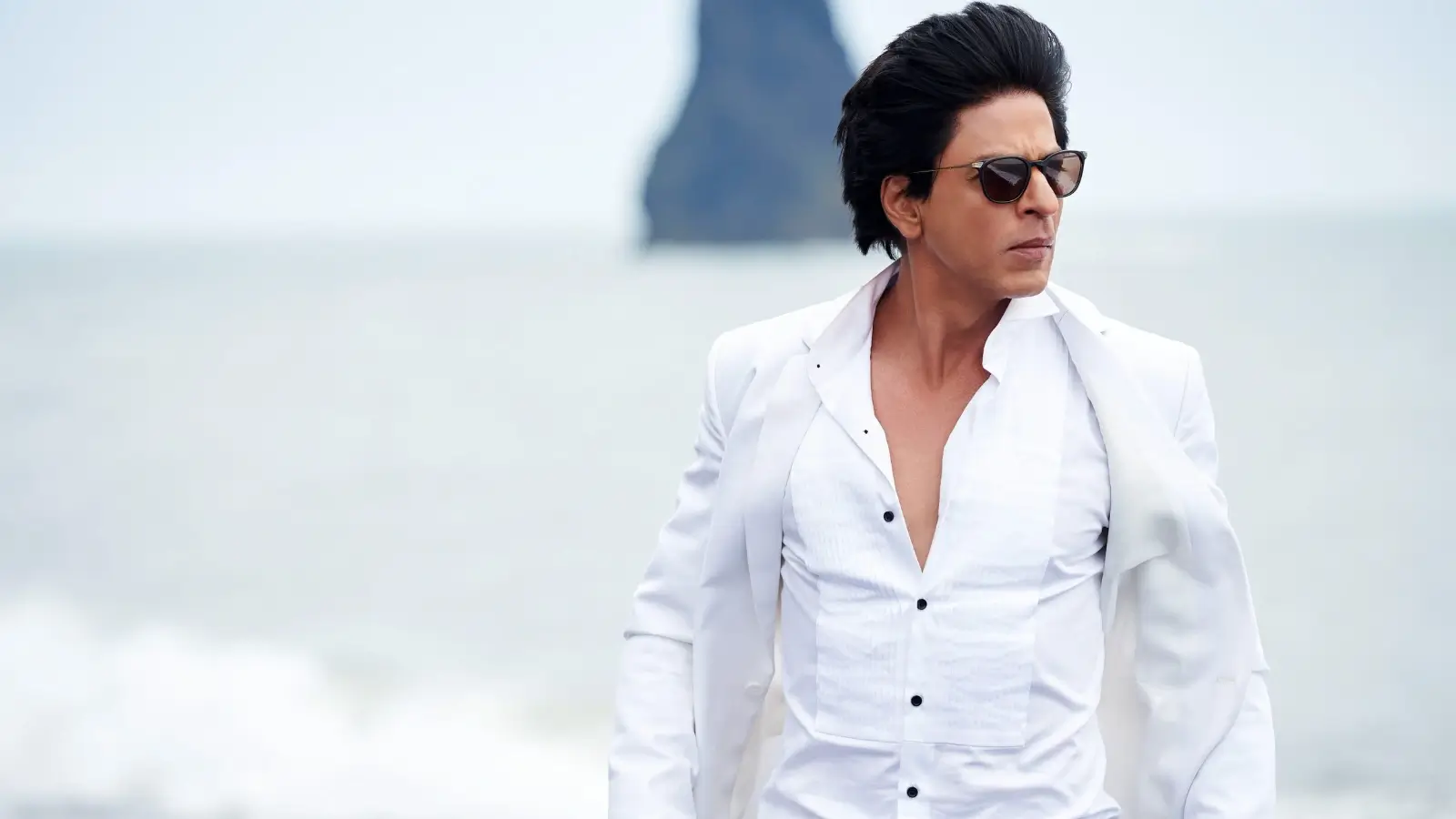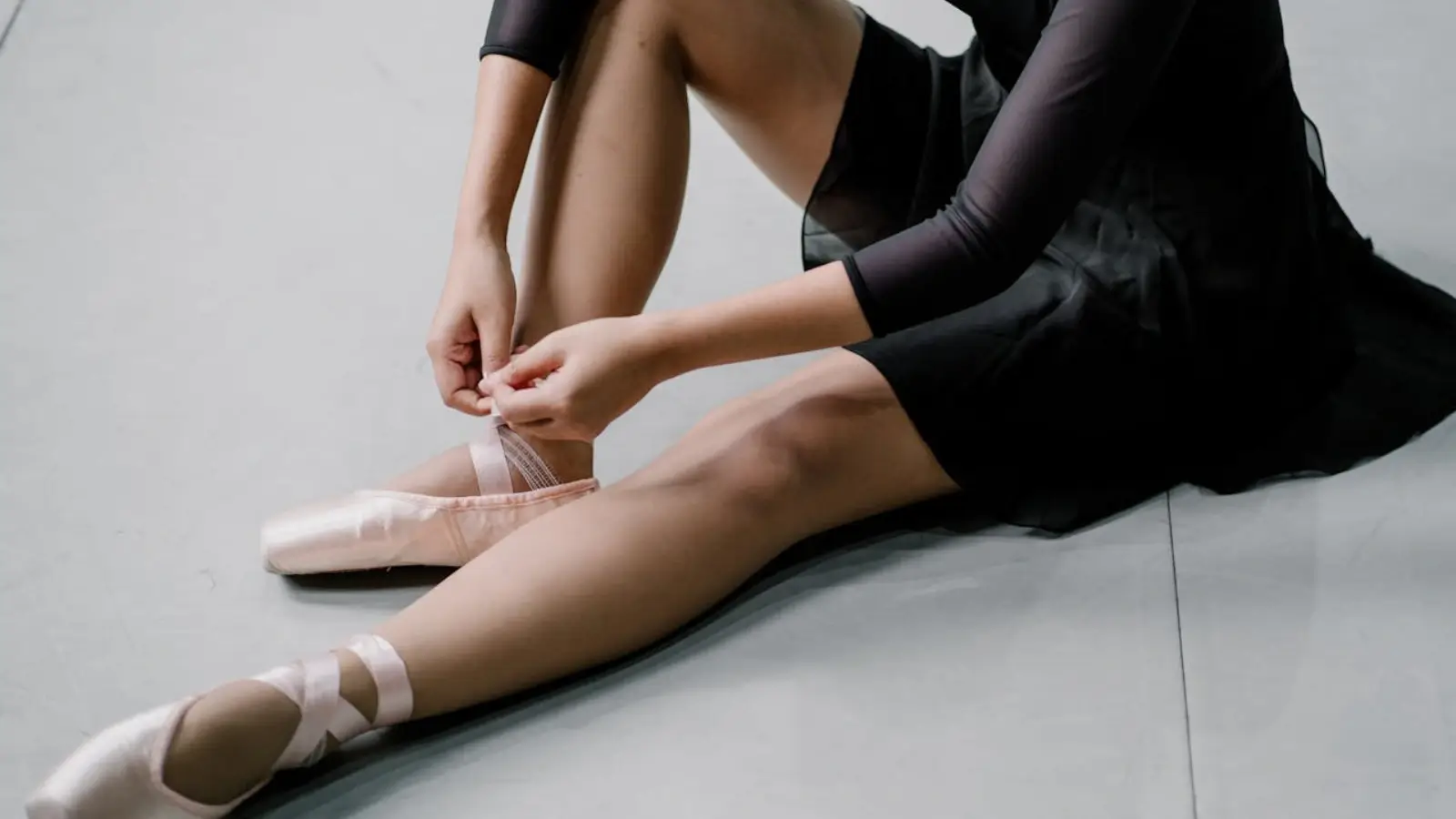


When it comes to dancing, whether professionally or as a recreational activity, the importance of the right attire cannot be overstated. The cornerstone of any dancer's wardrobe is undoubtedly a pair of well-fitted, comfortable, and supportive dance shoes for women. This essential gear can significantly enhance performance, ensuring that each step is executed with precision and grace. As one steps onto the dance floor, the quest for the perfect pair begins with understanding the intricacies and demands of various dance styles, as well as the unique features that distinguish high-quality dance footwear.
Dance shoes are not a one-size-fits-all solution; they vary significantly across different genres of dance. Ballet, jazz, tap, Latin, and ballroom are just some of the styles that require specialised footwear to accommodate the particular movements and floor surfaces involved. Ballet dancers often utilise soft ballet slippers or pointe shoes, which are designed to support the feet during demanding techniques such as pointework. Jazz and modern dancers might opt for a flexible shoe that allows for extensive range of motion and floor interaction. Character and ballroom dancers require shoes that not only complement their stylistic needs but also provide security and comfort during partner work.
When searching for the ultimate dance shoes for women, there are several features to consider. Firstly, a secure fit is paramount to prevent slipping and injury. Shoes should be snug but not restrictive, allowing for ample toe movement. The material of the shoe contributes significantly to comfort and durability; leather, canvas, and satin are common, with each offering different benefits. For instance, leather is known for its longevity and ability to mould to the foot, whereas canvas is lightweight and often favoured for its breathability.
Support is a critical factor, especially when a routine involves high-impact movements. Adequate arch support can diminish the risk of strain and injury, while a reinforced toe area offers protection in dance styles that involve significant toe work. Conversely, flexibility is also vital, particularly in shoes designed for disciplines such as modern dance, where the foot's articulation is essential. The perfect balance between support and flexibility maximises a dancer's performance capability.
The heel height of a dance shoe can drastically affect balance and overall performance. Ballet flats, of course, do not have heels, but for dance styles such as Latin and ballroom, the heel height varies and is selected based on the dancer's skill level and comfort. Beginner dancers might start with lower heels, progressing to higher options as they build confidence. The style of the heel also plays a role; flared heels offer greater stability, while slim heels can be used for more advanced, intricate footwork.
The sole of a dance shoe is another paramount consideration. For example, suede soles are commonly found on ballroom and Latin dance shoes, granting the right amount of traction and slide needed on the dancefloor. Rubber soles provide more grip and are often the choice for street and hip-hop dancers. The construction of the sole—whether full sole or split-sole—impacts flexibility and arch support.
While functionality should always come first, aesthetics are undeniably important in the world of dance. Shoes must complement the costume and the dance's overall expression. Colour coordination, embellishments, and the overall design play into the visual storytelling that occurs in a performance. Sitting at the intersection of form and function, dance shoes for women can elevate both the dancer's confidence and audience impact.
One should never underestimate the value of trying on multiple pairs and styles before making a final decision. For those who purchase dance shoes online, accurate foot measurements are crucial. It's important to perform some basic dance steps in the shoes, if possible, to ensure there is no pinching or rubbing, which can lead to blisters and discomfort.
Once the perfect pair of dance shoes has been obtained, proper care is essential to extend their lifespan. This includes cleaning them according to their material specifications, storing them properly to maintain their shape, and rotating between multiple pairs if dancing frequently. Special care like using shoe trees or certain protective sprays can keep them in prime condition for performances and practice alike.
Every dancer's feet are unique, and what works wonderfully for one individual may not suit another. It is critical to listen to one's body and consider any extant foot conditions or injuries when choosing dance footwear. Consultations with a podiatrist or a professional fitter at a specialist dancewear store can provide personalised advice for those with specific needs.
While budget constraints are a reality for many, investing in a high-quality pair of dance shoes often results in cost-effectiveness over time. Cheaper alternatives may wear out more quickly, resulting in the need for frequent replacements. Quality dance shoes, however, not only endure but also contribute to better technique and safer practice.
In conclusion, finding the ideal dance shoes for women is a multifaceted process. It involves considering the dance style, the features of the shoe, and how they will interact with the dancer’s unique physique and skill level. Balancing the practical requirements with the aesthetic considerations ensures that one’s dance footwear is both performance-enhancing and aligned with the artistic vision of the dance. A thoughtful selection and investment in durable dance shoes form the foundation of every successful dance endeavour. As dancers lace up or slip into their chosen footwear, they step into a world of expression with confidence, ready to perform at their best.
Whether you're a seasoned dancer or finding your footing, having the right dance shoes for women is essential. With the abovementioned guide, dancers can navigate the myriad of options available to find that perfect pair that feels like an extension of their artistry—an integral step in setting the stage for their signature performance.